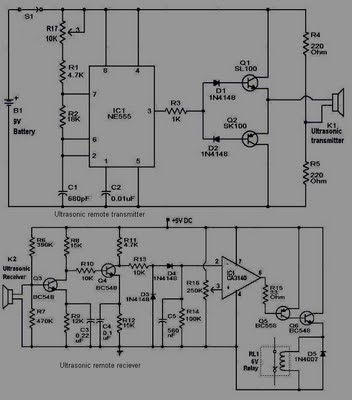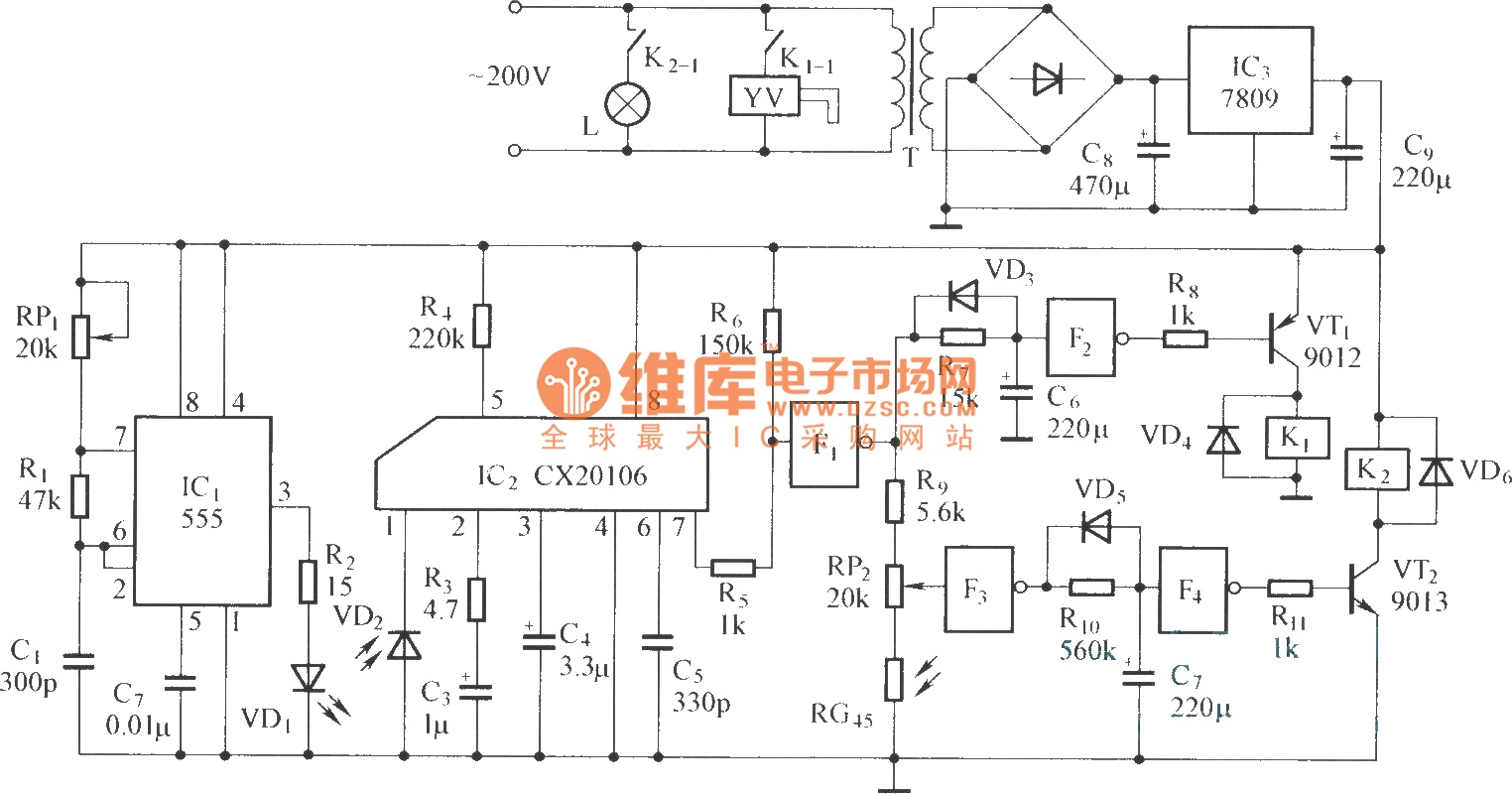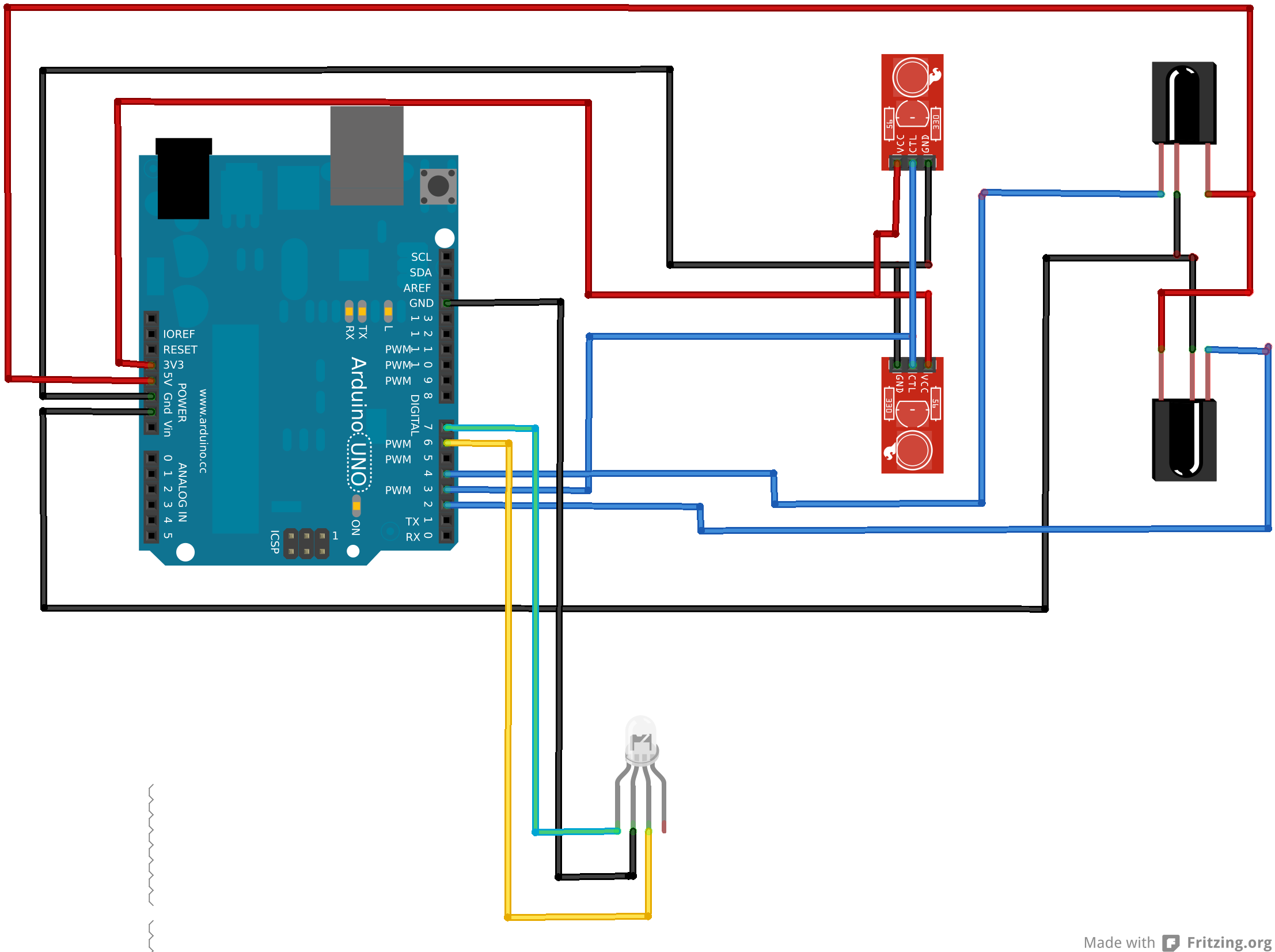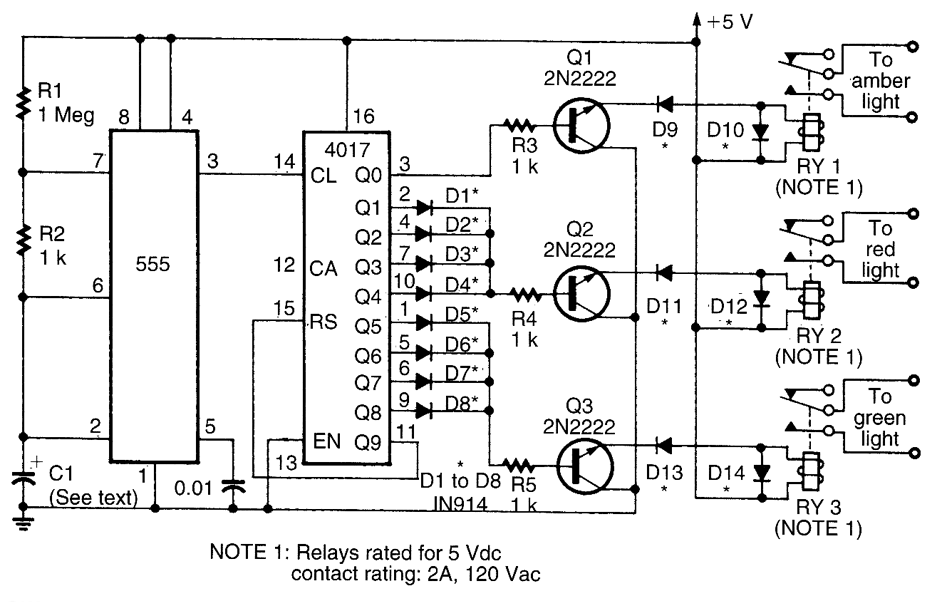
TDA7000 FM Radio Receiver Circuit
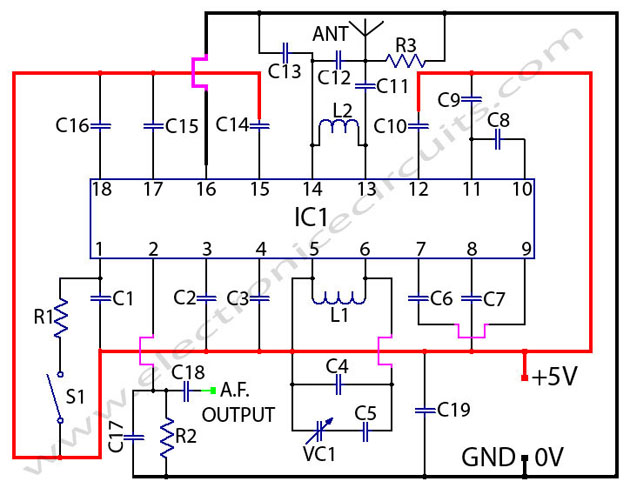
The TDA7000 is a monolithic integrated circuit designed for mono FM portable radios or receivers, emphasizing minimal peripheral components for compact size and cost-effectiveness. This integrated circuit features a Frequency-Locked-Loop (FLL) system with an intermediate frequency of 70 kHz. Active RC filters are utilized to achieve intermediate frequency selectivity. The only alignment required is for the resonant circuit of the oscillator, which is used to select the reception frequency. A mute circuit is incorporated to prevent spurious reception and to filter out excessively noisy input signals. Additional measures are implemented to comply with radiation requirements.
The TDA7000 integrated circuit is engineered to facilitate the design of compact FM radio receivers, making it suitable for various portable applications. Its monolithic structure allows for reduced size and minimized external component requirements, which is essential in consumer electronics where space and cost are critical factors. The FLL system employed within the TDA7000 ensures stable frequency reception, contributing to improved audio quality and reduced distortion.
The 70 kHz intermediate frequency is a standard choice in FM receivers, providing a balance between selectivity and sensitivity. The use of active RC filters enhances the selectivity, allowing the receiver to discriminate between adjacent channels effectively, thereby improving overall performance in crowded frequency bands.
Alignment of the resonant circuit for the oscillator is straightforward, as it is the only adjustment needed during the setup process. This simplicity in design is advantageous for manufacturers, as it reduces assembly time and potential for error.
The mute circuit serves a dual purpose: it mitigates spurious signals that can degrade audio quality and protects the listener from unpleasant noise during weak signal reception. This feature is particularly beneficial in mobile environments where signal strength may fluctuate.
Furthermore, the TDA7000 incorporates design considerations to meet radiation requirements, ensuring compliance with regulatory standards. This aspect is crucial for devices operating in the radio frequency spectrum, as it minimizes interference with other electronic devices and maintains the integrity of the received signal.
Overall, the TDA7000 stands out as a robust solution for mono FM radio applications, combining efficiency, performance, and regulatory compliance in a compact package.The TDA7000 is a monolithic integrated circuit for mono FM portable radios or receivers where a minimum on peripheral components is important (small dimensions and low costs). The IC has an FLL (Frequency-Locked-Loop) system with an intermediate frequency of 70 kHz. The i. f. selectivity is obtained by active RC filters. The only function which needs alignment is the resonant circuit for the oscillator, thus selecting the reception frequency. Spurious reception is avoided by means of a mute circuit, which also eliminates too noisy input signals. Special precautions are taken to meet the radiation requirements. 🔗 External reference
The TDA7000 integrated circuit is engineered to facilitate the design of compact FM radio receivers, making it suitable for various portable applications. Its monolithic structure allows for reduced size and minimized external component requirements, which is essential in consumer electronics where space and cost are critical factors. The FLL system employed within the TDA7000 ensures stable frequency reception, contributing to improved audio quality and reduced distortion.
The 70 kHz intermediate frequency is a standard choice in FM receivers, providing a balance between selectivity and sensitivity. The use of active RC filters enhances the selectivity, allowing the receiver to discriminate between adjacent channels effectively, thereby improving overall performance in crowded frequency bands.
Alignment of the resonant circuit for the oscillator is straightforward, as it is the only adjustment needed during the setup process. This simplicity in design is advantageous for manufacturers, as it reduces assembly time and potential for error.
The mute circuit serves a dual purpose: it mitigates spurious signals that can degrade audio quality and protects the listener from unpleasant noise during weak signal reception. This feature is particularly beneficial in mobile environments where signal strength may fluctuate.
Furthermore, the TDA7000 incorporates design considerations to meet radiation requirements, ensuring compliance with regulatory standards. This aspect is crucial for devices operating in the radio frequency spectrum, as it minimizes interference with other electronic devices and maintains the integrity of the received signal.
Overall, the TDA7000 stands out as a robust solution for mono FM radio applications, combining efficiency, performance, and regulatory compliance in a compact package.The TDA7000 is a monolithic integrated circuit for mono FM portable radios or receivers where a minimum on peripheral components is important (small dimensions and low costs). The IC has an FLL (Frequency-Locked-Loop) system with an intermediate frequency of 70 kHz. The i. f. selectivity is obtained by active RC filters. The only function which needs alignment is the resonant circuit for the oscillator, thus selecting the reception frequency. Spurious reception is avoided by means of a mute circuit, which also eliminates too noisy input signals. Special precautions are taken to meet the radiation requirements. 🔗 External reference
